
First published 2013 by Liveright Publishing Corporation a division of W. W. Norton & Company Ltd., New York First published in Great Britain 2013 by Picador an imprint of Pan Macmillan, a division of Macmillan Publishers Limited Pan Macmillan, 20 New Wharf Road, London NI 9RR Basingstoke and Oxford Associated companies throughout the world www.panmacmillan.com isbn 978-1-4472-4421-9 Copyright Clive James 2013 The right of Clive James to be identified as the author of this work has been asserted by him in accordance with the Copyright, Designs and Patents Act 1988.
All rights reserved. No part of this publication may be reproduced, stored in or introduced into a retrieval system, or transmitted, in any form, or by any means (electronic, mechanical, photocopying, recording or otherwise) without the prior written permission of the publisher. Any person who does any unauthorized act in relation to this publication may be liable to criminal prosecution and civil claims for damages. 1 3 5 7 9 8 6 4 2 A CIP catalogue record for this book is available from the British Library. Printed and bound by CPI Group (UK) Ltd, Croydon, CR0 4YY This book is sold subject to the condition that it shall not, by way of trade or otherwise, be lent, re-sold, hired out, or otherwise circulated without the publishers prior consent in any form of binding or cover other than that in which it is published and without a similar condition including this condition being imposed on the subsequent purchaser. Visit www.picador.com to read more about all our books and to buy them.
You will also find features, author interviews and news of any author events, and you can sign up for e-newsletters so that youre always first to hear about our new releases. This electronic edition published in 2013 by Pan Macmillan Australia Pty Ltd
1 Market Street, Sydney 2000 Copyright Clive James 2013 The moral rights of the creators have been asserted. All rights reserved. This publication (or any part of it) may not be reproduced or transmitted, copied, stored, distributed or otherwise made available by any person or entity (including Google, Amazon or similar organisations), in any form (electronic, digital, optical, mechanical) or by any means (photocopying, recording, scanning or otherwise) without prior written permission from the publisher. This ebook may not include illustrations and/or photographs that may have been in the print edition. Dante: The Divine Comedy Clive James EPUB format 978-1-743-51273-9 Macmillan Digital Australia
www.macmillandigital.com.au Visit www.panmacmillan.com.au to read more about all our books and to buy both print and ebooks online.
You will also find features, author interviews and news of any author events.
T O P R U E S H A W without whom this book, like all my other books, would never have existed
Mouth, do what you can...
Heaven, 14, 79
CONTENTS
INTRODUCTION

any people, not all of them outside Italy, think that the
Divine Comedy is a rather misshapen story. And indeed, if it were just a story, it would be back to front: the narrator has an exciting time in Hell, but Purgatory, when it is not about art, is about theology, and Heaven is about nothing else. What kind of story has all the action in the first third, and then settles back to stage a discussion of obscure spiritual matters? But the
Divine Comedy isnt just a story, its a poem: one of the biggest, most varied and most accomplished poems in all the world. T. S. S.
Eliot said that the last cantos of Heaven were as great as poetry can ever get. The translators task is to compose something to suggest that such a judgement might be right. This translation of the Divine Comedy is here today because my wife, when we were together in Florence in the mid-1960s, a few years before we were married, taught me that the great secret of Dantes masterpiece lay in the handling of the verse, which always moved forward even in the most intensely compressed of episodes. She proved this by answering my appeal to have the famous Paolo and Francesca episode in Inferno 5 explained to me from the original text. From various translators including Byron we can see what that passage says. But how did Dante say it? My wife said that the terza rima was only the outward sign of how the thing carried itself along, and that if you dug down into Dantes expressiveness at the level of phonetic construction you would find an infinitely variable rhythmic pulse adaptable to anything he wanted to convey.
One of the first moments she picked out of the text to show me what the master versifier could do was when Francesca tells Dante what drove her and Paolo over the brink and into the pit of sin. In English it would go something like: We read that day for delightAbout Lancelot, how love bound him. She read it in Italian: Noi leggevam quel giorno per dilettoDi Lancelotto, come lamor lo strinse. After the sound -letto ends the first line, the placing of -lotto at the start of the second line gives it the power of a rhyme, only more so. How does that happen? You have to look within. The Italian eleven-syllable line feels a bit like our standard English iambic pentameter and therefore tends to mislead you into thinking that the terzina, the recurring unit of three lines, has a rocking regularity. But Dante isnt thinking of regularity in the first instance any more than he is thinking of rhyme, which is too easy in Italian to be thought a technical challenge: in fact for an Italian poet its

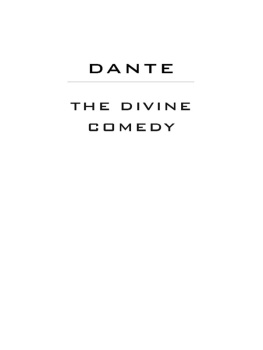
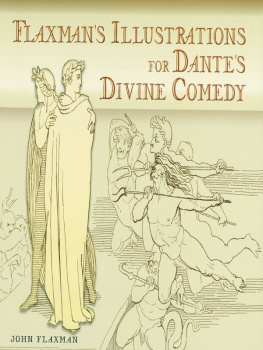
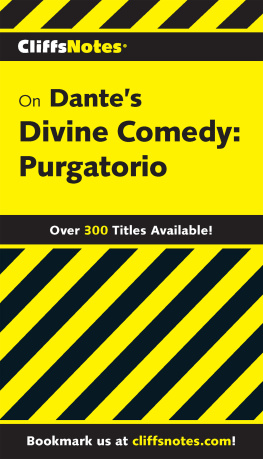
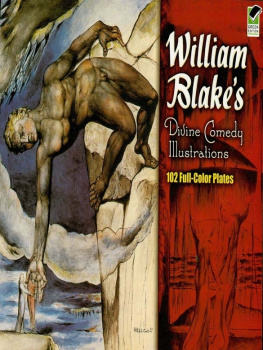

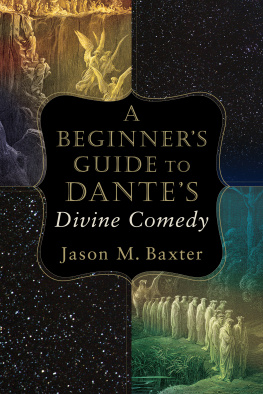
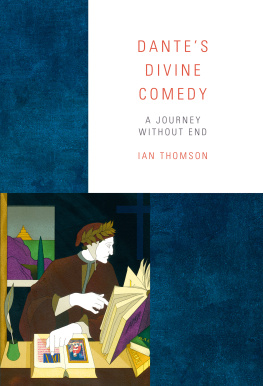


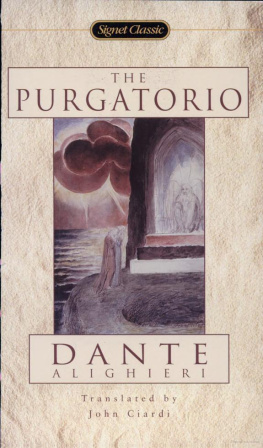
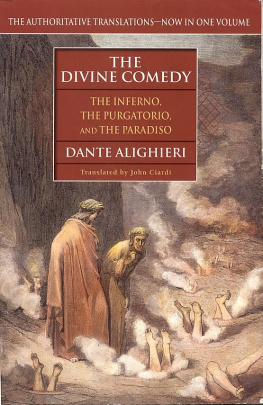


 First published 2013 by Liveright Publishing Corporation a division of W. W. Norton & Company Ltd., New York First published in Great Britain 2013 by Picador an imprint of Pan Macmillan, a division of Macmillan Publishers Limited Pan Macmillan, 20 New Wharf Road, London NI 9RR Basingstoke and Oxford Associated companies throughout the world www.panmacmillan.com isbn 978-1-4472-4421-9 Copyright Clive James 2013 The right of Clive James to be identified as the author of this work has been asserted by him in accordance with the Copyright, Designs and Patents Act 1988.
First published 2013 by Liveright Publishing Corporation a division of W. W. Norton & Company Ltd., New York First published in Great Britain 2013 by Picador an imprint of Pan Macmillan, a division of Macmillan Publishers Limited Pan Macmillan, 20 New Wharf Road, London NI 9RR Basingstoke and Oxford Associated companies throughout the world www.panmacmillan.com isbn 978-1-4472-4421-9 Copyright Clive James 2013 The right of Clive James to be identified as the author of this work has been asserted by him in accordance with the Copyright, Designs and Patents Act 1988.  any people, not all of them outside Italy, think that the Divine Comedy is a rather misshapen story. And indeed, if it were just a story, it would be back to front: the narrator has an exciting time in Hell, but Purgatory, when it is not about art, is about theology, and Heaven is about nothing else. What kind of story has all the action in the first third, and then settles back to stage a discussion of obscure spiritual matters? But the Divine Comedy isnt just a story, its a poem: one of the biggest, most varied and most accomplished poems in all the world. T. S. S.
any people, not all of them outside Italy, think that the Divine Comedy is a rather misshapen story. And indeed, if it were just a story, it would be back to front: the narrator has an exciting time in Hell, but Purgatory, when it is not about art, is about theology, and Heaven is about nothing else. What kind of story has all the action in the first third, and then settles back to stage a discussion of obscure spiritual matters? But the Divine Comedy isnt just a story, its a poem: one of the biggest, most varied and most accomplished poems in all the world. T. S. S.